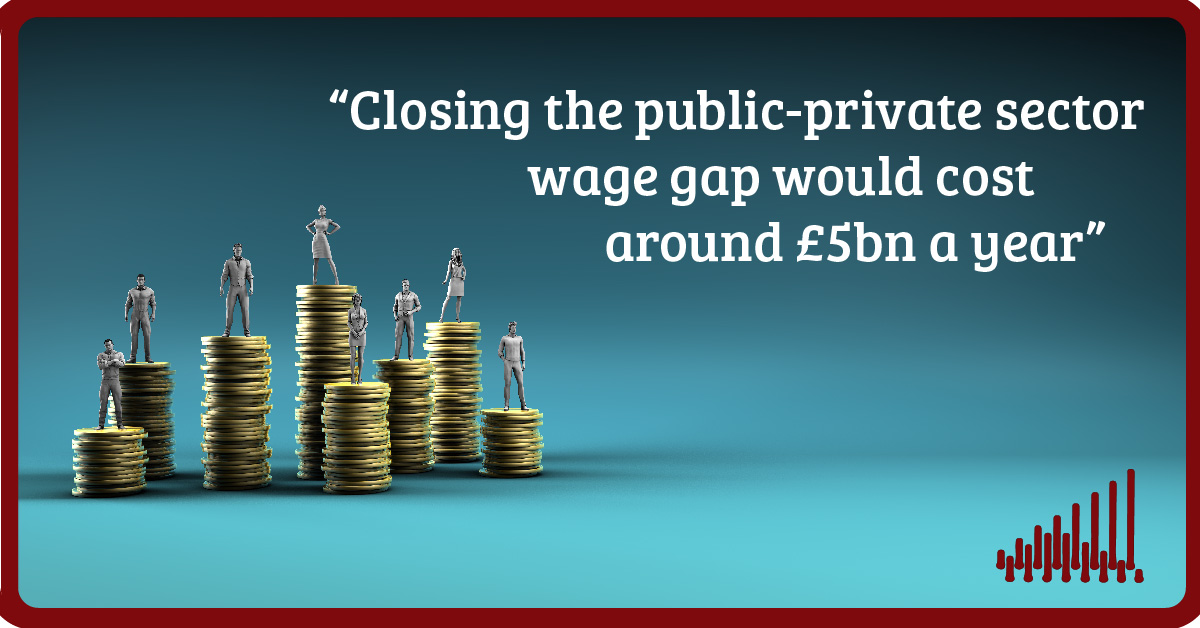The Dynamics of Public and Private Sector Wages, Pay Settlements and Employment
 Pub. Date
Pub. Date
 Pub. Type
Pub. Type

This report addresses the important question of how wage growth in the United Kingdom is determined in the long run and whether wage decisions in the public sector can have spillover effects into the private sector. To analyse these questions, we construct a unique new dataset that is made up of macroeconomic data on earnings and pay settlements as well as sector-specific data on settlements and cross-sectoral employment flows. We find that in the long run, wages in the public and the private sector form a persistent relationship. Over time, public sector wages adjust to wages set in the private sector to maintain this relationship.
Combining evidence from different data sources and modelling techniques, our results highlight the possibility of statistically significant and economically meaningful wage spillovers from the public sector to the private sector in the short run (within a few months or quarters). The size of wage spillovers depends on a combination of factors. In general, we find that short-run wage spillovers tend to be somewhat larger when the destination sector is less internationally competitive and less productive, with workers’ bargaining power playing an additional role. An analysis of cross-sectoral employment flows suggests that wage growth can act as one possible pull factor to attract labour inflows from other sectors. This appears to be particularly true for the public sector where worker inflows from other sectors increase significantly in wage settlements.
A supplementary analysis of the impact of Pay Review Body (PRB) recommendations on private sector wage dynamics suggests that PRB decisions tend to affect pay more in parts of the private sector that are domestically-facing. Overall our results suggest that it is important to better understand wage setting processes in the public sector and cross-sectoral interactions. A fifth of the overall workforce in the UK is employed in the public sector.
Our findings highlight that wage interactions can have important macroeconomic implications beyond the size of the sector alone. Wage negotiators in the public sector, above all PRB members, and monetary policymakers should therefore be mindful of pay dynamics in the public sector and potential wage spillovers into the private sector. They should also be appraised of the external forces which shape the scale of wage movements in the private sector and recognise their pressures onto public sector wage determination.
















